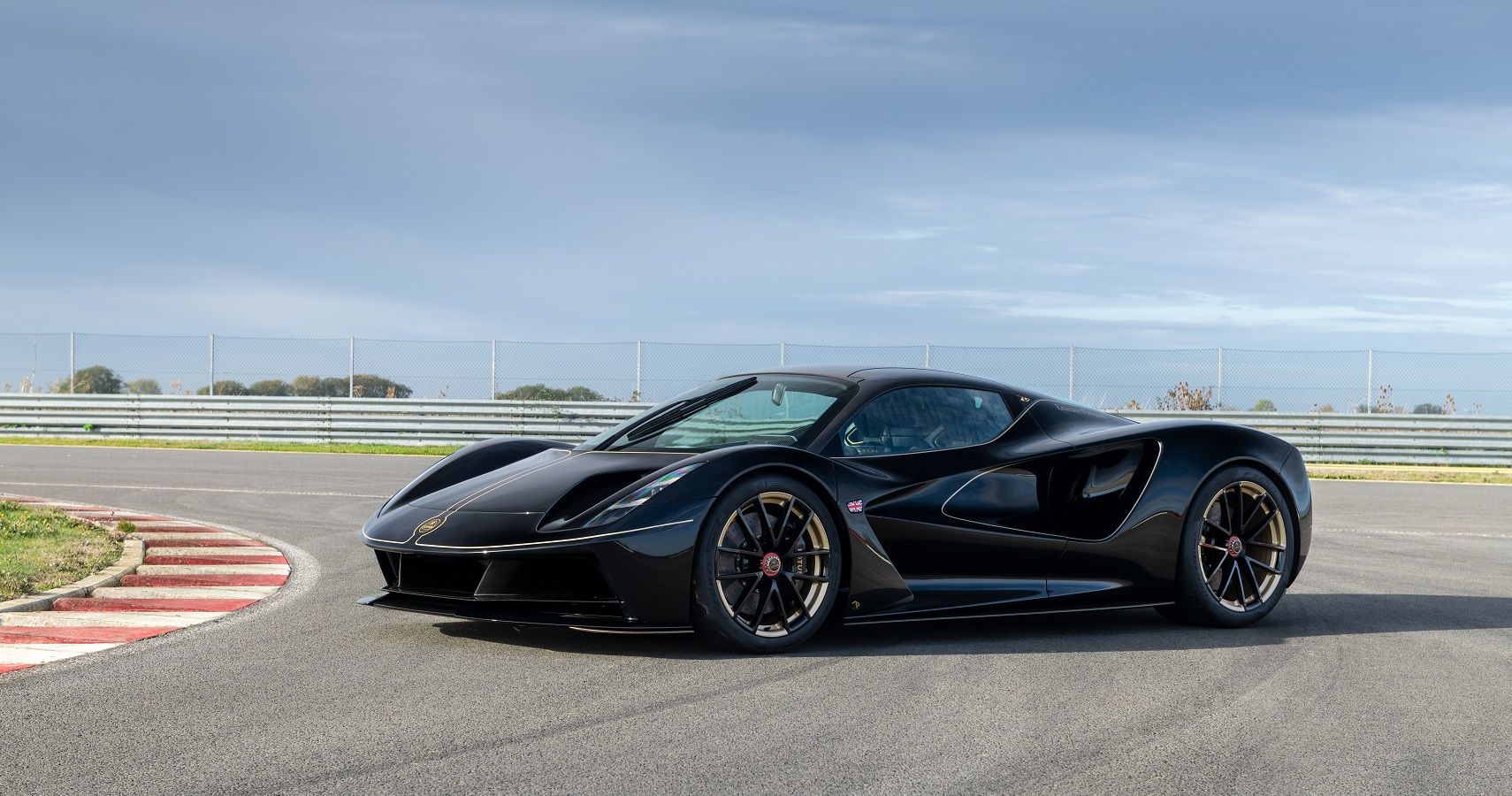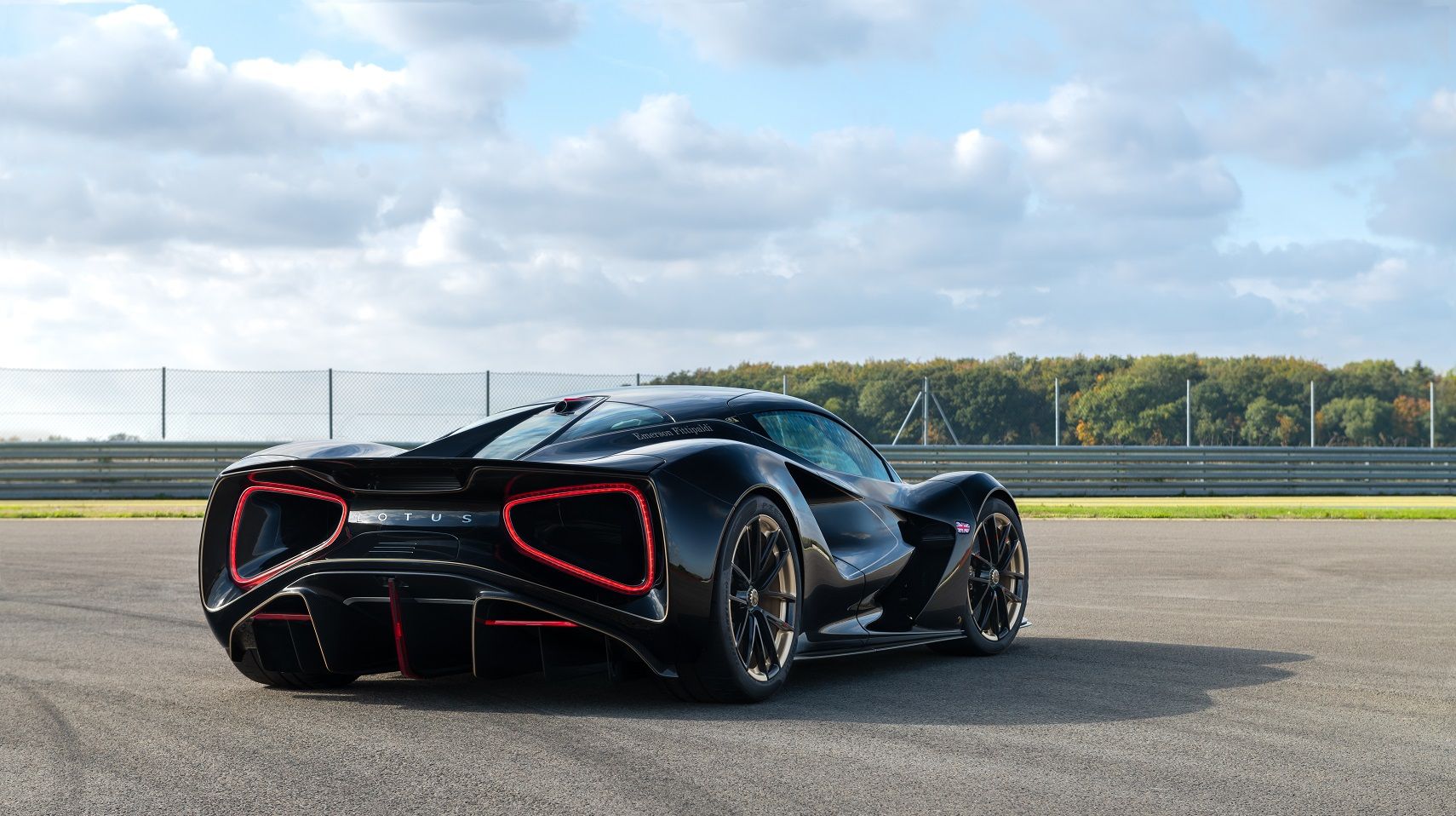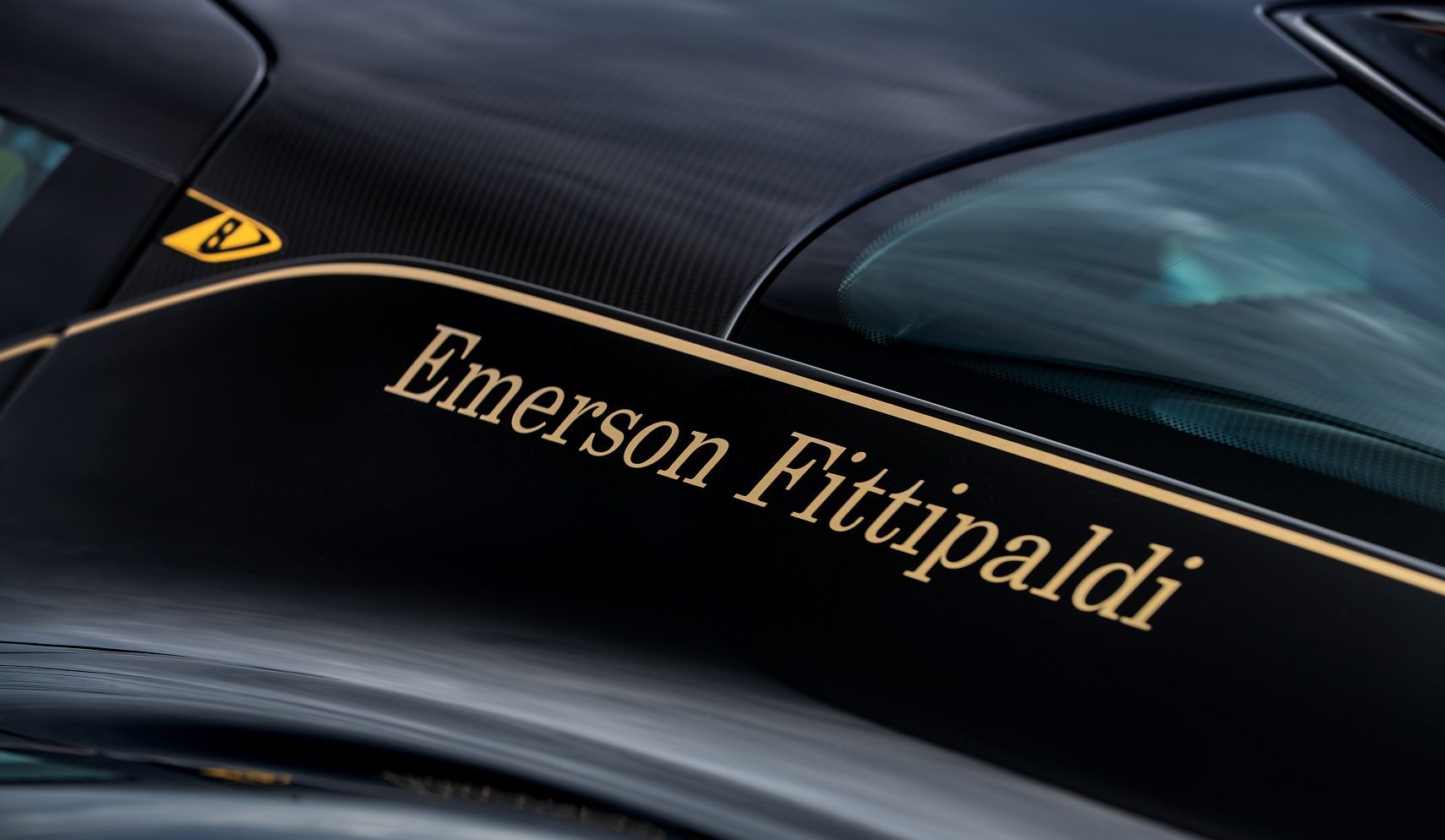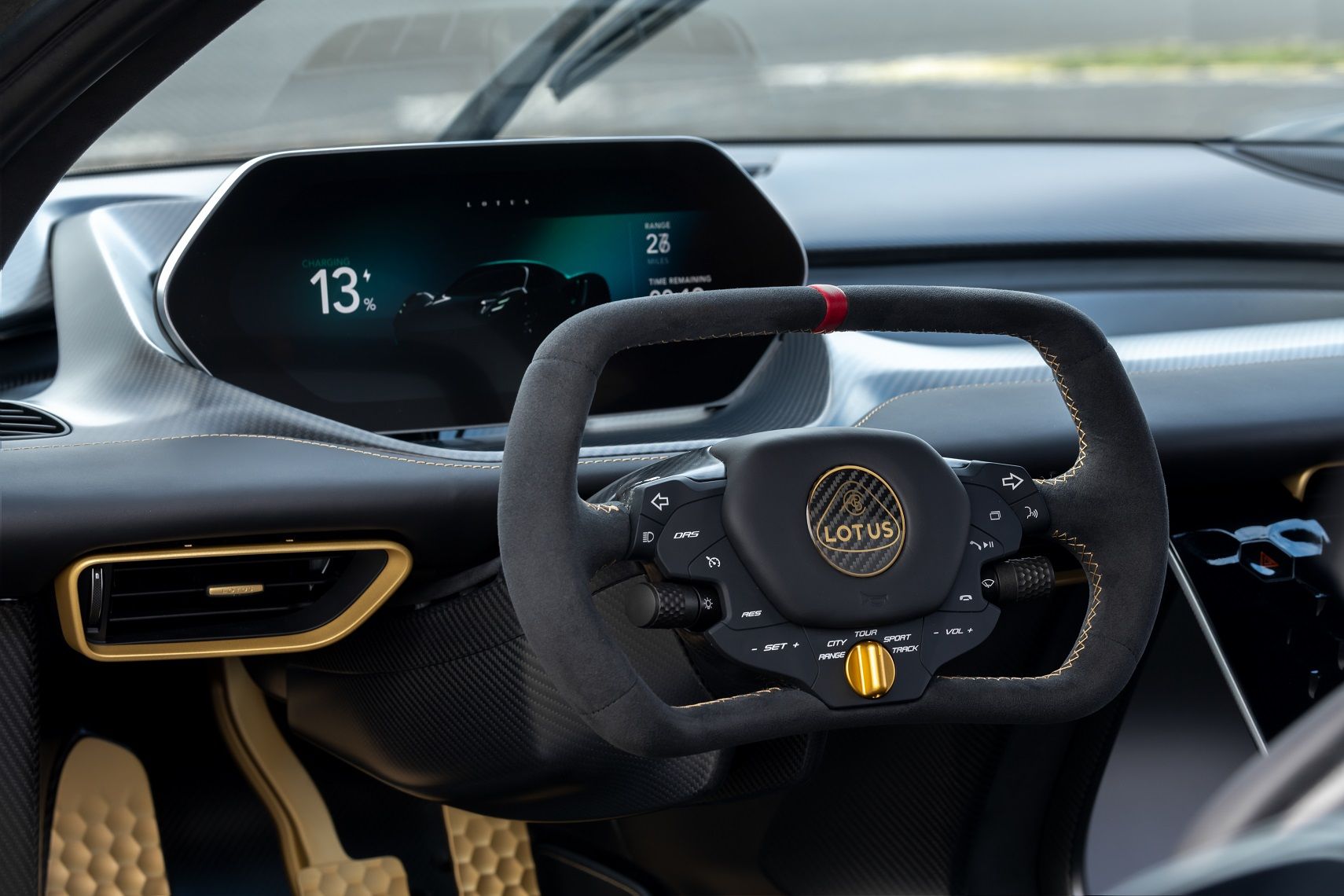Lotus recently unveiled its super exclusive Evija Fittipaldi to commemorate the 50th anniversary of winning the F1 Drivers’ and Constructors’ Championship in 1972. With the arrival of electric cars in the international automobile markets, the traditional, and more conventional, power specifications have been hit out of the park.
Back in the day, any internal combustion engine delivering over 500HP was any speed fanatic’s wildest fantasy. Then came electric cars with their powerful motors delivering numbers no one had heard of before.
Some might argue over the way the power figures are calculated on an EV and any automobile with an internal combustion engine, but that’s a debate for some other day. The Lotus Evija Fittipaldi is based on the already-exclusive Lotus Evija which is also the most powerful production car in the world delivering a mammoth 2,011HP and 1,256lb-ft of torque using its four motors.
Lotus Evija – The World’s Most Powerful Production Car
The reason behind the mind-boggling numbers of the Lotus Evija Fittipaldi is the availability of four electric motors that power each of the four wheels. Every motor delivers a little over 500HP which means a battery pack big enough – 90kWh – to sustain an overall range of 250 miles.
This enormous battery size means the overall weight of the Lotus Evija goes above 4,160 lbs. Club it with 1,256lb-ft with torque vectoring which means the Lotus Evija Fittipaldi goes from a standstill to 62mph in under three seconds.
Going from zero to 186mph in less than nine seconds. Thankfully, the top speed of the Lotus Evija Fittipaldi has been restricted to 217mph. The 350kWh DC fast charger charges 80% of the battery in mere 18 minutes.
An F1 Icon Goes Electric With The Lotus Evija Fittipaldi
Considered by many the best car to ever race in F1, the Lotus 72 was the pinnacle of technology. It participated in six seasons and 74 F1 races out of which it won 2 Drivers’ Championships, three Constructors’ Championships, and 20 Grand Prix wins.
The Lotus 72 raced in F1 from 1970-1975 and dominated the world of Formula 1 racing like no other. In 1972, driven by a Brazilian racer – Emerson Fittipaldi – the black and gold ‘John Player’ Lotus Type 72 race car is also, arguably, the most beautiful F1 car ever made.
It didn’t come as a surprise when Lotus decided to celebrate the 50th anniversary of the 1972 F1 success story via its Evija. The Lotus Evija broke covers in 2019 and promised a performance that the world had never heard of before. When the car arrived in its magnificent glory, it surpassed the numbers it promised in 2019.
Keeping up with the trend of going electric, Lotus Evija had a spec sheet that could put everything else to shame. To make it as exclusive as Lotus possibly could, the production run was limited to a maximum of 130 cars.
Rarest Of Rare – Lotus Evija Fittipaldi
It is actually refreshing to see Lotus celebrating 50 years of winning both the F1 Drivers’ and Constructors’ Championship in 1972 through an electric car. Call it irony, but it is a befitting tribute to an icon of yesteryears and still keeping up with the times.
As if the Lotus Evija was not exclusive enough, Lotus decided to make only eight of the Evija Fittipaldi. The reason behind making exactly eight Evija Fittipaldi was simple – there are only eight surviving Lotus Type 72 race cars in the world. As expected, all eight have already found their owners, and the deliveries are set to begin in early 2023.
Naming it after Emerson Fittipaldi must have come naturally as that was the winning combination that dominated the F1 world for quite a while. The Lotus Evija Fittipaldi comes with the familiar black and gold paint scheme that the 1972 Lotus 72 was synonymous with.
The two-seater Evija Fittipaldi is made to carry a legacy that Lotus is most proud of in its entire history. The black and gold wheels, the designation written on the body, the black and gold brake calipers, and the decals on the rear wing, all remind us of the car that ruled the 1972 F1 season.
The man of the moment – now a 75-year-old Emerson Fittipaldi – drove the Evija Fittipaldi and his championship-winning Lotus 72 on the Hethel test track. Commenting on the occasion, Fittipaldi said, “I’ve really enjoyed being a part of this project, and it’s been a wonderful experience revealing the car to some new owners. Having the opportunity to drive both the Evija Fittipaldi and my championship-winning Type 72 Formula 1 car on the test track at Hethel has been an incredible experience.”
The Lotus Evija Fittipaldi was also driven by Jenson Button – who won the F1 Championship in 2009 – on the Hethel test track, and he commented, “It sounds like a jet engine! You think of an EV as quiet, but it’s not. The torque is astronomical. It’s amazing, it puts a big smile on your face. It feels like a spaceship, the drivability, and direction in the steering certainly lets you know you are driving a Lotus; I am amazed by the agility of it.”
Source: Lotus Cars





